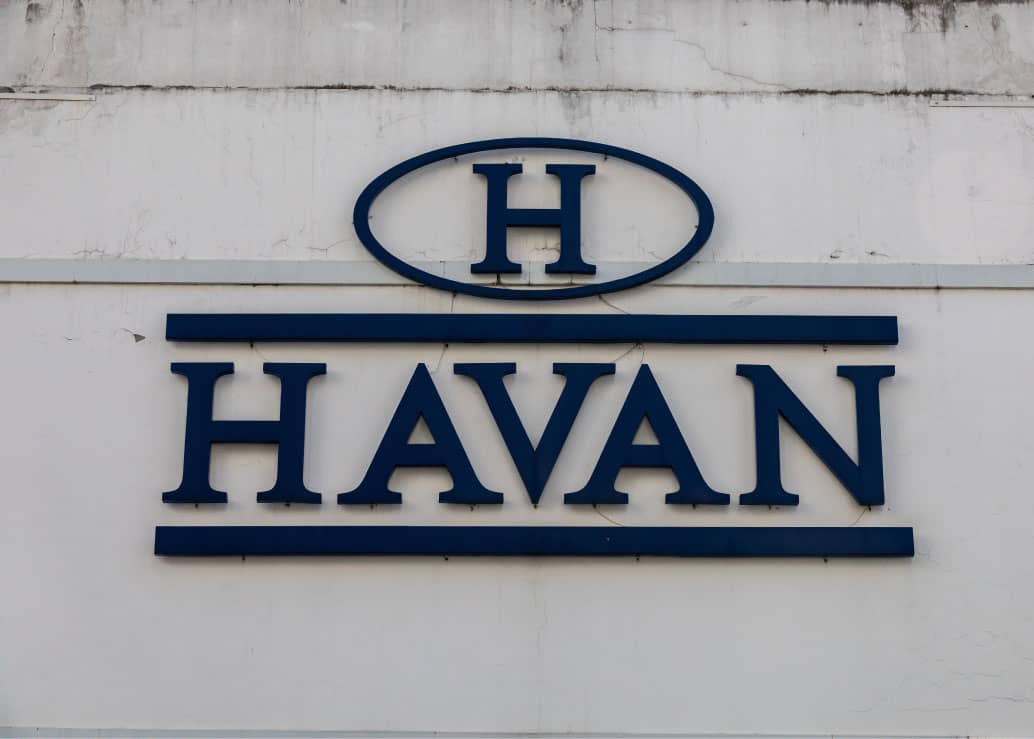Driven by the success of Pix and a large young population enthusiastic about technology and open to a digital innovation culture, Brazilian e-commerce is expected to reach US$ 585.6 billion in 2027, representing a 70% increase compared to 2024. This progress should be recorded even on a strong base, considering that the local e-commerce has already been growing at double-digit rates in recent years. The findings are from the 2nd edition of thestudy “Global Expansion Guide for High-Growth Markets”, produced by Nuvei, a Canadian fintech specializing in payment solutions. The survey focuses on Brazil and South Africa, an emerging country with similar characteristics that is also expected to expand e-commerce by 2027.
The report is part of a series of studies that analyzes e-commerce in eight high-growth markets mapped by Nuvei — Brazil, South Africa, Mexico, Hong Kong, Chile, India, Colombia and the United Arab Emirates.
By mapping the local landscape and the characteristics and preferences of consumers in Brazil and South Africa, Nuvei's report serves as a kind of guide with insights and strategies for foreign companies interested in selling online in the local market, as well as for Brazilian companies looking to offer their products in other high-growth potential countries. In other editions, the research focuses on several countries with high-growth markets, capable of leading the global e-commerce surge to surpass the trillion-dollar mark by 2027 – reaching an estimated US$ 1.23 trillion, an unprecedented milestone. The previous edition covered Colombia and the United Arab Emirates, and the upcoming ones will focus on Mexico and Hong Kong, followed by Chile and India.
According to Nuvei's study, e-commerce in Brazil moved US$ 346.3 billion in 2024. To give an idea of the recent progress, in 2018 this volume was US$ 85.5 billion. Based on factors such as Brazilians' high adherence to new technologies and, consequently, innovations in payments – as demonstrated by the success of Pix, now used by 90% of the adult population, according to the Central Bank – e-commerce in the country is expected to reach a 585% increase over the 2018 figure by 2027 – that is, in less than ten years.
Emerging markets, such as Brazil and South Africa, are not only keeping up with global e-commerce trends: in fact, they are driving these trends, with their large populations and the constant development of new payment technologies, such as Pix in Brazil and PayShop in South Africa, says Daniel Moretto, senior vice president of Nuvei Latin America. The series of studies analyzes e-commerce in eight high-growth markets mapped by Nuvei. "These are all markets with innovative payment ecosystems that are at the forefront of global e-commerce advancement," he adds.
Cross-border sales
And it's not just internally that Brazil has been growing in e-commerce. Nuvei's data shows that cross-border online sales (the so-called cross-border online commerce) are expected to jump from $26.6 billion in 2024 to $51.2 billion in 2027—a 92.5% increase over the period. Considering the compound average growth of cross-border online commerce from 2023 to 2027, the increase is 28%. In 2023, Brazil had a 7% share of the global e-commerce market. Among emerging countries, Chile accounts for the largest share of operations, with 23%, followed by Mexico with 20%.
Featured sectors
Looking at the domestic market, the retail segment had the highest volume of e-commerce transactions in 2024, totaling US$ 137.3 billion. Next, highlights include travel ($56.7 billion), betting ($39.3 billion), delivery and ride-hailing apps ($16.8 billion), and streaming services ($10.7 billion). Various categories totaled another $67.8 billion.
Payment methods and instruments
In terms of payment methods, Nuvei's estimate is that Pix will be the preferred choice of consumers in 50% of e-commerce transactions in 2027 – up from 40% in 2023. It is interesting to note that domestic credit cards, although they have lost market share, still account for around 30% of online purchase payments in 2024 (34%) and are expected to remain at 27% in 2027. This resilience of credit cards is related to the possibility of installment purchases. This cultural inclination towards installment payments on credit cards limits the expansion of the so-called BNPL (buy now, pay later), common in other countries. Here, BNPL accounts for only 1% of transactions, a percentage that is expected to remain the same in the coming years.
Smartphones are Brazilians' preferred tool for online shopping, with over 72% of transactions in 2024 – year after year, the convenience of mobile has been surpassing purchases made on desktops and laptops. "Mobile devices are usually the main platform for shopping, banking transactions, and payments, reflecting Brazilian consumers' preference for seamless and on-the-go digital experiences," observes Moretto.
In the Brazilian case, as in other markets, companies operating with e-commerce must pay attention to consumers' preferred payment methods. "From the seller's point of view, offering the most suitable payment solutions for each market's preferences increases the chances of sales conversion. That's why it is essential to map them so that companies can better direct their efforts," comments Moretto. In this sense, Nuvei supports companies that need to understand markets in depth through payment solutions tailored to each market. Furthermore, it offers services that connect online selling companies with local partners in order to avoid unnecessary costs associated with having their own structures outside the country.
South Africa
Another focus of the second edition of the report, South Africa is also experiencing strong growth. In the country, e-commerce moved US$ 10.1 billion in 2024, a volume that is expected to increase to US$ 15.8 billion in 2027 – a growth of 56.4%. Most of the purchases in 2024 were paid with debit cards, accounting for 41% of the total. Although the expectation is that this payment method will maintain this share in the coming years, the study estimates that bank transfers will gain ground.











